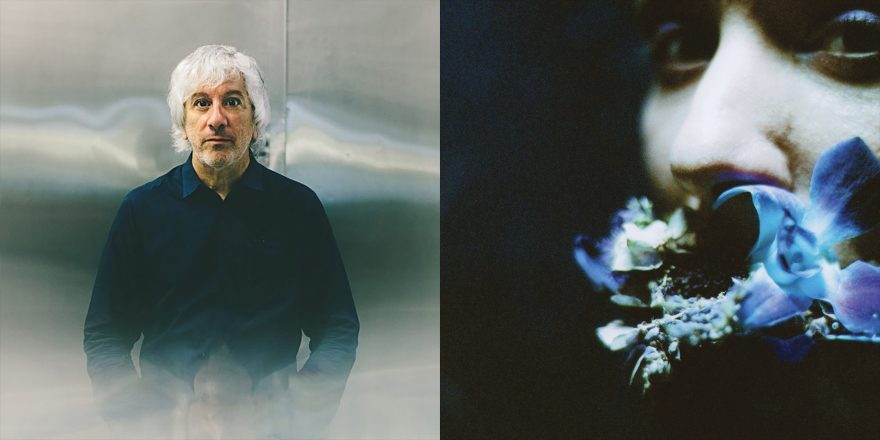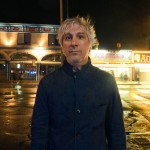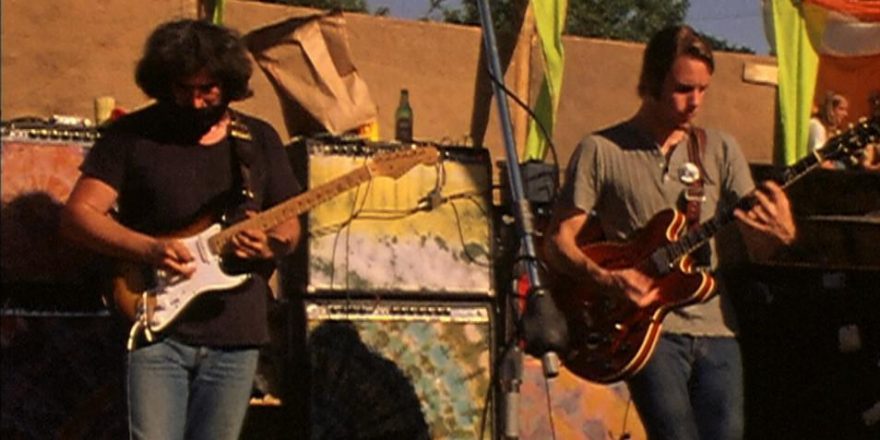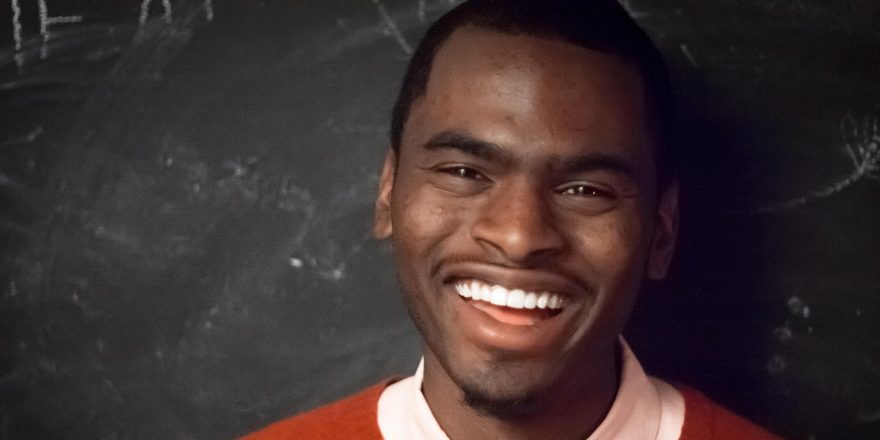Late in December I was scouring a popular internet search engine trying to find out how many different albums were released in 2017. Somehow, this information eluded me. I think we can agree, you and me—you and I—that it was a shitload, n’est pas? The sheer number of albums introduced each year seems to double exponentially, what with vinyl, digital streams, Bandcamp, and even CDs (CDs? Still??), plus samizdat CD burns and cassettes (!) handed off at shows from one person to the next. New releases come and go so quickly, most of them, don’t they? An artist works to craft a record and obsessively tends to every note for your listening pleasure, yet most sink out of sight within a week or two, replaced by 100 (? 1,000?) new candidates, all vying for your attention. Still, the truly worthy stuff rises up to find us.
I am an imperfect listener, dear reader—the opposite of encyclopedic. Certain recordings cross my path and knock me out, but I’m well aware that there are many others I’ll never hear. Yet somehow I feel confident declaring Circuit des Yeux’s Reaching For Indigo the best album of 2017—the hands-down winner, awarded by a jury of one. Check in with me in 10 years or so if you don’t believe we’ll still be parsing this marvelous creation by Haley Fohr.
I started hearing about Haley and listening to her work a few years ago, and I was immediately intrigued. In 2016 I had a chance to see her perform solo with an acoustic guitar in London. I was transported. She did so much with the simplest of means—her voice, a Gibson 12-string guitar she calls “Boom,” and her tunings. Last year we had a chance to perform back to back at a 24-hour drone event in Minneapolis, and I met her there. Haley did a purely vocal, chanted drone piece. It was very brave and naked, onstage with just a microphone, and I loved watching her explore what her solo voice could do. I don’t know too much about her, personally, besides that she lives in Chicago, and performs both solo and with various group configurations. I’ve been following the progression of her recorded work and also that of her outlaw alter ego Jackie Lynn. I’m fascinated by her voice, her tunings, her sense of song construction and, most of all, the emotive and creative force I’ve discovered in her music.
Reaching for Indigo seems to me a culmination of things she’s been working towards on her previous albums. It’s so good; I can’t stop listening to it. There is so much variety and invention and vision on this suite of interconnected songs: from folk guitar to Steve Reich–ian loops and phases, and vocal stylings which, to my ears, pay homage to Meredith Monk, Yoko, Nico, Diamanda Galas, and even speaking-in-tongues/Radio Ethiopia–era Patti Smith. There are repetitive, meditative segments. There’s rock power and motorik beats, plus jump cuts and other elements which reveal the studio process behind what appears as a seamless work, with each song unfolding from the one before it.
Perhaps because I just spent a good deal of time crafting a record that was essentially created as a studio work, I am especially fascinated by the wide variety from one song to the next on this album. The musicians backing Haley up on this record have done a wonderful job interpreting these pieces. Almost no two songs have the same setting, sound-wise. While linked, somehow each song is its own little self-contained movie.
The first, “Brainshift,” begins with an ominous organ and adds forlorn horns. There’s no guitar at all. It comes out of the box with some pointed observations on our human condition:
The world wants an oath, but all you can say is:
“I promise to take up space
I can only promise to take up space.”
Brainshift you forgot what it was you were trying to say
To the friend you’re talking to
But you can’t remember his name
Or your reason for being.
’Cause it all feels the same
You’re just a container containing space
You’re just a container containing space
Those lyrics, “I can only promise to take up space,” and, “You’re just a container, containing space,” come right at the top of the record, and drop an immediate message that our narrator has done some hard thinking about what we are and why we’re here, and is trying hard to make sense of it. These lines, to me, set the tone for the journey to come.
Elsewhere, “Black Fly” features a nylon string folk guitar and mandolin. “Philo” is centered around piano and strings, while “Paper Bag” features flutes and steel string guitar over some real cool and jazzy drumming. “A Story Of This World, Part II” revisits a tune from Circuit des Yeux’s 2015 album, In Plain Speech, coming out of the gate with the sound of tape winding onto a reel and directly into a repetitive, hypnotic Kraut-style beat layered with vocals that duck and weave, shrieking and spiraling like dervishes.
“Geyser” is set on the streets of Fohr’s Chicago home, her voice emanating from inside a dreamlike, off-kilter music box—a funhouse mirror that’s shifting and mutating, like a love once in focus, but now done:
It was a misty morning, on the corner of 10th & Lake
Your hand was in my hand
It was a ghost that was there
It was a misty morning, on the corner of 10th & Lake
It was the day I stopped seeing you
I am an imperfect listener. I am, humbly, also your imperfect reviewer. It’s not easy for me to explain why I’ve been so captivated by this album. While I’ve dug each prior CdY release, Reaching For Indigo is a huge step forward for Haley. Her music has long struck me as reaching for a transcendent quality, striving to mean something. There was a strong sense of this throughout her previous three albums, Portrait (2011), Overdue (2013) and In Plain Speech (2015). But it all comes together on this new one—the songs are the best collection she has written to date, the musicians around her contribute fantastic elements, and the production is both intricate and accessible. Her voice is as focused as it’s been to date. As you can probably tell, I really like her voice. It’s not soft or simple. In fact I find it hard and serious and complex, strong, and pretty too. It’s a voice unique among singers working today, and it is now a fully formed, mature instrument. In the stylistic variation, the lyrics, and the amazing, controlled vocals, I sense a singer who has come to realize the transformative power of her own voice. It’s pretty amazing to witness the artist she’s blossomed into.
Reaching for Indigo’s sophisticated production, the bold ambition of its compositions, and its cryptic & mysterious lyrics (which I’m still parsing) make for a magical, spiritual record. It’s my personal album of 2017—hands down.
Lee Ranaldo
Panama City
December 2017






